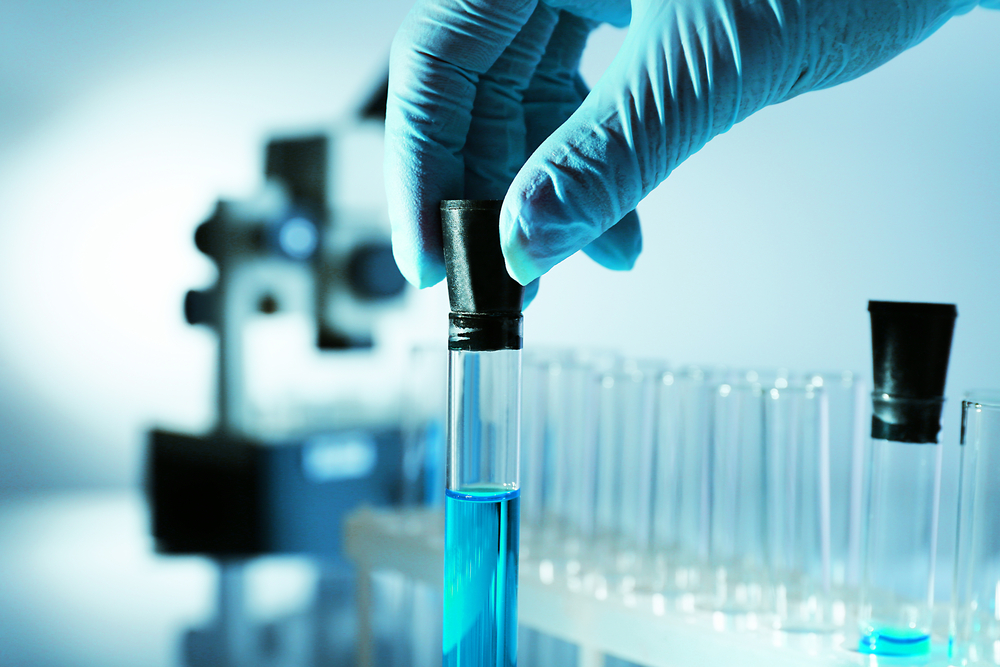Last week, Bellerophon Therapeutics, Inc., (Nasdaq:BLPH), a clinical-stage biotherapeutics company focused on developing therapies that address significant unmet medical needs in the treatment of cardiopulmonary and cardiac diseases, made two very important announcements concerning the company’s INOpulse® program, which is focused on treating Pulmonary Arterial Hypertension (PAH) associated with COPD and Idiopathic Pulmonary Fibrosis. The announcements were as follows:
- Positive data from an interim analysis of the Company’s Phase 2 long-term extension study of INOpulse for the treatment of PAH.
- Food and Drug Administration (FDA) Special Protocol Assessment (SPA) designation for the Company’s Phase 3 PAH INOpulse® program
Data from Interim Analysis
The Phase 2 study included 65 PAH patients who were randomly assigned to receive INOpulse doses of either 25 or 75 mcg/kg by ideal body weight per hour. The interim analysis was conducted after the study patients had completed between 8 and 12 months of INOpulse treatment, and data from the interim analysis was compared to baseline measurements taken at the beginning of Part 1 of the clinical study.
The analysis showed the following results:
- 20 patients who were on Long-Term Oxygen Therapy (LTOT) in the iNO 75 dose treatment arm completed the six minute walk distance test (6MWD) and had a mean improvement of 31.6 meters as compared to baseline;
- Ten of the 20 LTOT patients in the iNO 75 dose treatment arm demonstrated at least a 50 meter improvement in 6MWD as compared to baseline; and
- Eleven of the 20 LTOT patients in the iNO 75 dose treatment arm remained on INOpulse therapy for at least 12 hours a day, and these patients had an even greater mean improvement of 41.6 meters as compared to baseline.
- A total of 14 LTOT patients in the iNO 75 dose treatment arm underwent right heart catheterizations, which showed a mean improvement in pulmonary vascular resistance (PVR) — the primary endpoint in Part 1 of the Phase 2 trial — of 87.3 dynes.sec.cm-5. LTOT patients randomized from placebo to iNO 75 in Part 2 did particularly well.
Phase 3 PAH program for INOpulse
The FDA assigns Special Protocol Assessment (SPA) when a company’s in-progress (not completed) Phase 3 trial design, clinical endpoints, and statistical analysis are acceptable for FDA approval. The SPA provides agreement that the Phase 3 trial adequately addresses objectives in support of a regulatory submission for drug and device approval.
In accordance with the Company’s SPA agreement with the FDA, the Phase 3 clinical program for INOpulse® will consist of two clinical studies of 450 PAH patients, as follows:
- A trial with two treatment arms (iNO 75 and placebo)
- A trial with three treatment arms (iNO 75, iNO 50 and placebo)
Each trial will consist of two endpoints: The primary endpoint is improvement in 6MWD compared to placebo after 16 weeks; and the secondary endpoint is Time to Clinical Worsening (TTCW), with analysis pooled across both trials.
In a company press release about the announcements, Jonathan Peacock, Chairman and Chief Executive Officer of Bellerophon Therapeutics, stated, “The interim analysis is very encouraging for PAH patients, as the data indicates a clinically significant and sustained benefit for patients on the higher iNO 75 dose, when combined with Long-Term Oxygen Therapy. More specifically, the analysis supports the hypothesis, generated from Part 1 of the Phase 2 study, that the optimal benefit of INOpulse is with the iNO 75 dose in patients on LTOT who stay on therapy for at least 12 hours each day. The SPA recently issued by the FDA for our Phase 3 program, and agreed to by the European Medicines Agency through a Scientific Advice Working Party, is well aligned with these findings.”
About Arterial Pulmonary Hypertension
PAH defines a group of debilitating idiopathic (of unknown origin) or co-morbid conditions that cause breathlessness, loss of exercise capacity, and death due to elevated pulmonary artery pressure and subsequent right side heart failure. It is a rare condition affecting 1 to 2 individuals for every 1 million in the US and Europe. According to the CDC, PAH is more common among women, non-Hispanic blacks, and individuals 75 years or older.
RELATED: Highlights on New Theory for Pulmonary Arterial Hypertension: The Metabolic Theory
PAH is characterized by high blood pressure (BP) in the pulmonary arteries, which carry oxygen and blood from the heart to the lungs. In healthy individuals, pulmonary arterial pressure should be approximately 25/10 millimeters of mercury (mmHg); for patients diagnosed with PAH this pressure consistently exceeds 40/20 mmHg. This elevated arterial pressure causes the right ventricle of the heart, which supplies blood to the pulmonary arteries, to pump ineffectively. This results in the right side of the heart working harder to pump blood around the body, leading to the condition’s debilitating effects and the eventual pre-mature death of the patient. PAH is most often inadvertently discovered after a patient undergoes echocardiography or right heart catheterization for another condition; as a result, it is generally not diagnosed until the disease is advanced and the right side of the heart begins to fail.

